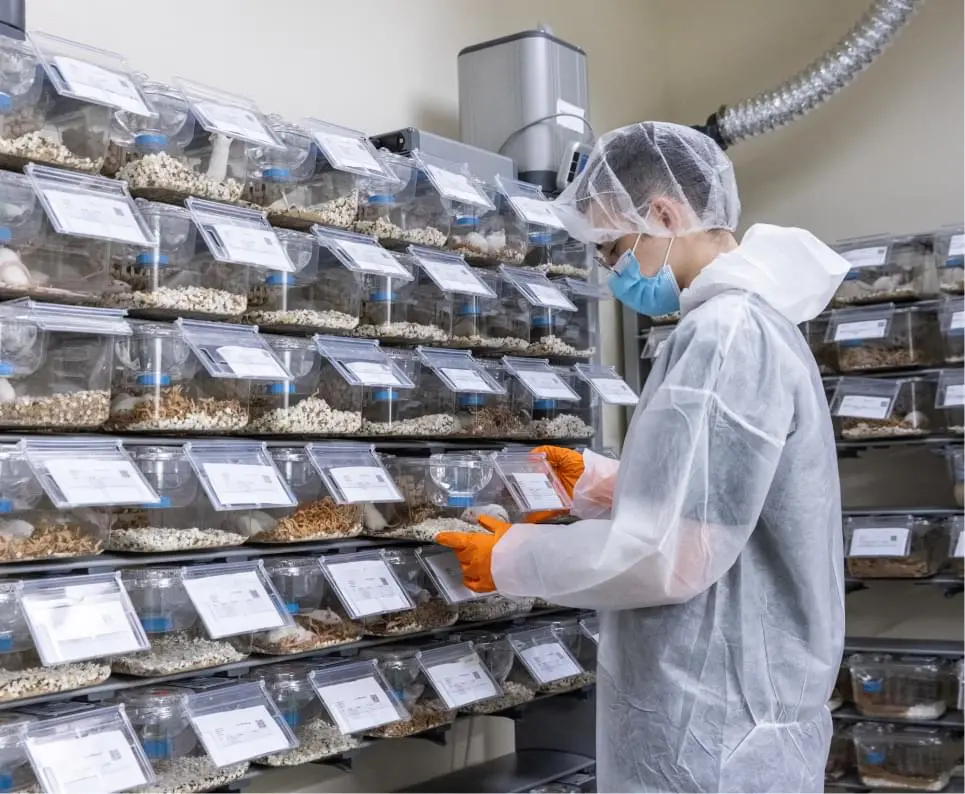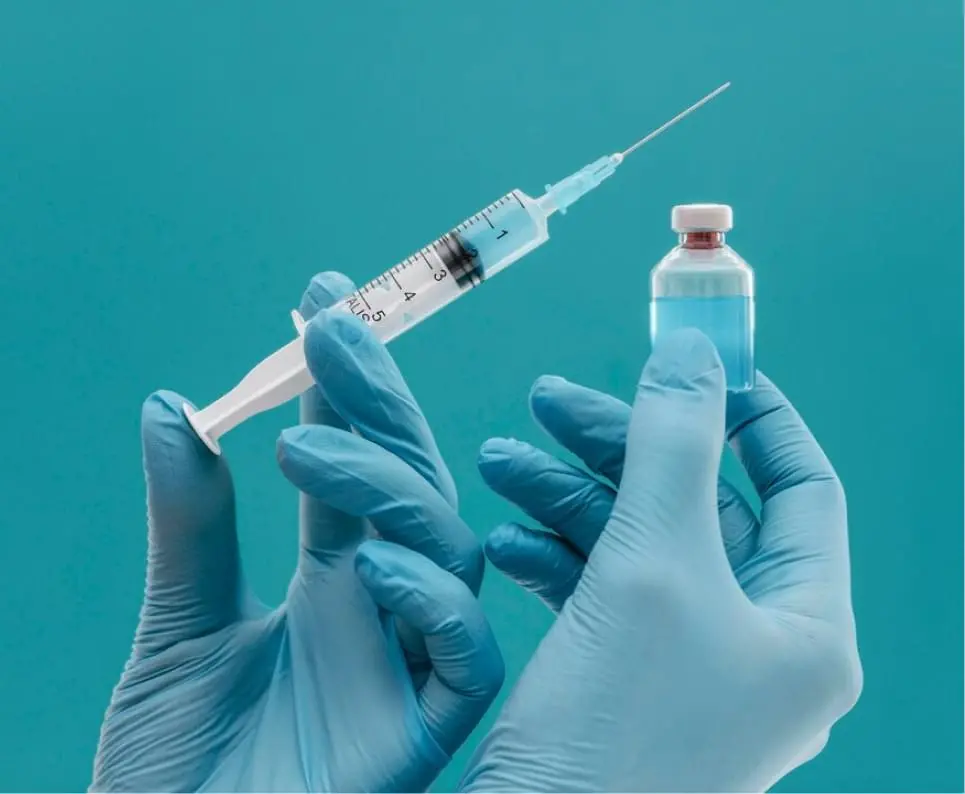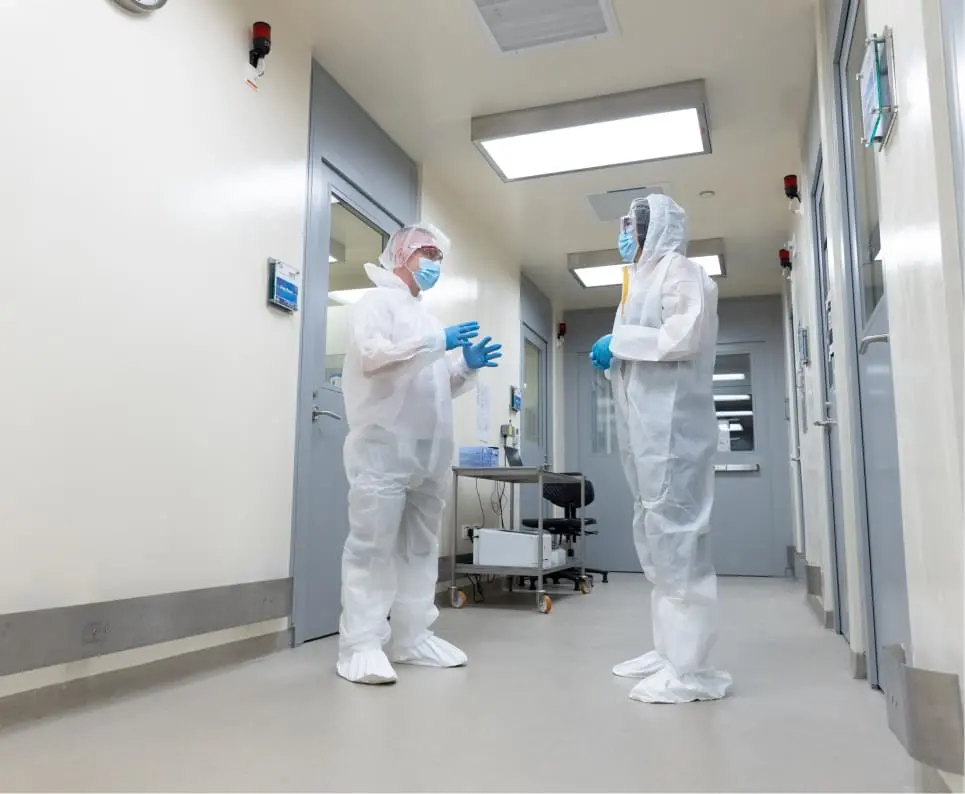




Quick Links:

Health monitoring and surveillance are the processes of evaluating the health of worker(s) as it relates to their potential exposure in the workplace or lab to biohazardous agents, monitor the results of an exposure, and arranging for and monitoring post-exposure prophylaxis.
Health monitoring and surveillance are a systems of ongoing health checks. All medical information is kept in strict confidence within the Occupational Health department.

The goal of KAUST’s Animal Exposure Program is to provide a safe work environment and prevent injury and illness for those exposed to animals during their work. The main emphasis is on prevention, avoidance, control, or elimination of hazards associated with exposure to and handling of animals. Enrollment in this program is mandatory for all IACUC protocol participants and others exposed to animals in the course of their work. Those exposed to animals will be enrolled into the program by their supervisor.

Laboratory personnel working with any human or human derived materials (cell lines, tissues, bodily fluids, etc.) should receive the Hepatitis B and Tetanus Diphtheria (TD) vaccination. The TD and Hepatitis B vaccine and the subsequent titer testing (Hepatitis B only) is made available to all employees and students with occupational exposure.
Tetanus Diphtheria
Hepatitis B
Rabies
If it has been identified that you require a tetanus diphtheria, Hepatitis B or Rabies vaccination through a health surveillance program (e.g., Animal Exposure program screening program, Blood borne pathogen exposure program) you will require documentation to support your vaccination status (including titer where vaccination records cannot be produced). In the Kingdom, vaccinations can be provided at KAUST health. More information can be found by visiting the Immunization Program here.


Those who have workplace exposure will be enrolled into the appropriate program by their supervisor.


Have questions please email occupational.health@kaust.edu.sa